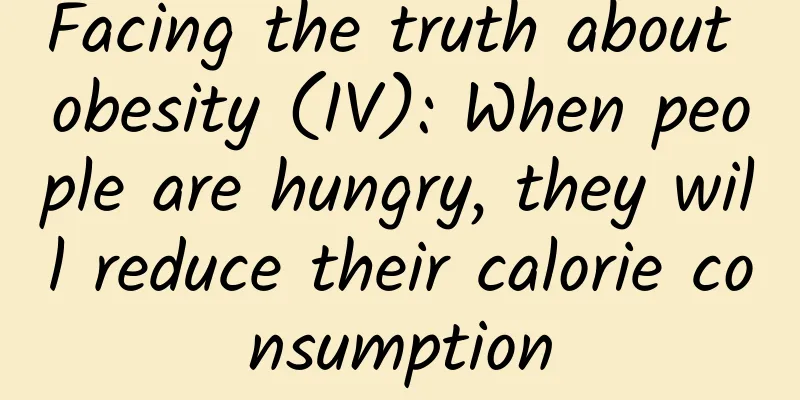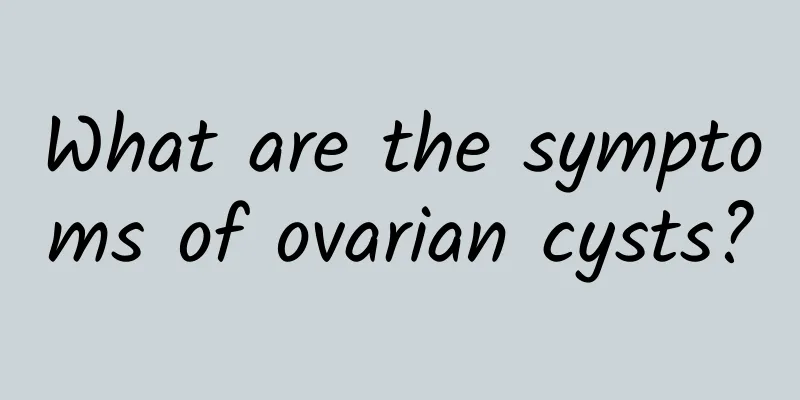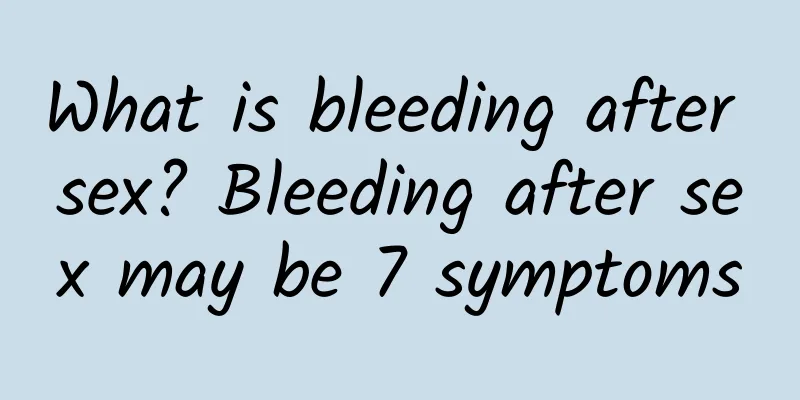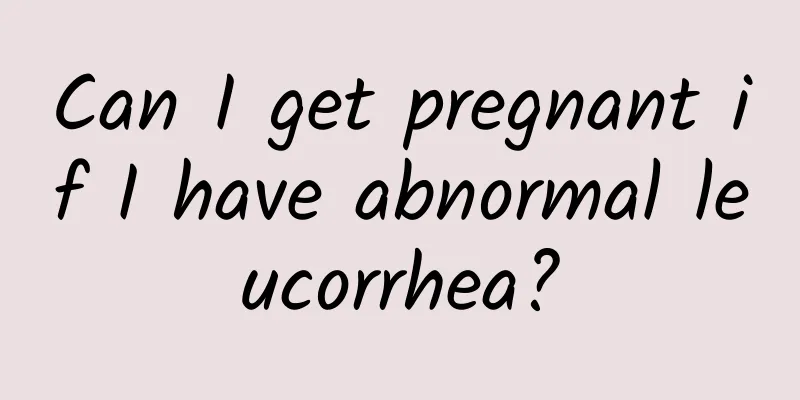Facing the truth about obesity (IV): When people are hungry, they will reduce their calorie consumption

|
Experts often view the storage function of human body fat as a long-term savings account, which is an incorrect concept. The father of fat metabolism research, German biochemist Ernst. Ernst Wertheimer said in 1948: "Whatever the nutritional status of an animal, the mobilization and accumulation of fat is continually going on." Fat is constantly being released from fat cells and circulated throughout our bodies to be used as fuel. If it is not burned, it will return to the fat cells. (Photo provided by Rong Pharmacist) If we look at a 24-hour period, a large portion of the calories burned by our body cells is provided by fat released by fat cells. Albert, a Swiss physiologist and pioneer in fat metabolism research. Albert Renold also proposed in the early 1960s: "Our adipose tissue is the main site for active control of calorie storage and mobilization, and is one of the main control mechanisms responsible for the survival of various functions of the human body." Rather than viewing adipose tissue as a savings account, it is more correct to view it as a "wallet." We keep putting fat into this wallet and taking it out. It's true that fat flows in and out of our fat cells all day long, but this doesn't explain why some fat is released and some is locked up in the fat tissue. The mechanism is actually very simple. Fats come in two different forms. The fats that flow in and out of cells and are used as fuel are called "fatty acids"; the fats that are stored in cells are called "triglycerides", which are composed of three fatty acids and one glycerol molecule. Anything that increases the influx of fatty acids into your fat cells will make you fatter. Factors that can break down triglycerides and promote the flow of broken down fatty acids out of fat cells can make you lose weight. Insulin plays a leading role in the above-mentioned fat regulation mechanism. This view was put forward by Astwood fifty years ago and has never caused any controversy. Solomon. Salomon Berson and Rosalyn. In 1965, Rosalyn Yalow also pointed out that insulin is the "master regulator of fat metabolism." They invented a method to measure hormone levels in the blood and won the Nobel Prize for subsequent research. (Situational picture/provided) Insulin mainly regulates fat through two enzymes. The first one is lipoprotein lipase (LPL), which can break down triglycerides in the blood and reduce them to fatty acids before they can enter the cells. If LPL attaches to muscle cells, the fat in the blood will be sent to the muscles for burning; if LPL attaches to fat cells, the fat in the blood will enter the fat cells and make them fatter. Male and female hormones have different effects on LPL, which causes different distribution of LPL in male and female bodies. The LPL activity in the abdominal fat tissue of men is stronger, so they are more likely to gain weight around the waist. The LPL activity in the fat tissue below the waist in women is stronger, so they are more likely to gain weight in the buttocks and hips. Insulin increases LPL activity in fat cells and inhibits LPL activity in muscle cells. When insulin is high, even if fatty acids escape from fat cells, they are not accepted by muscle cells for fuel. Therefore, those escaped fatty acids will eventually return to the adipose tissue. The 2008 edition of the Williams Textbook of Endocrinology states: "Insulin affects the compartmentalization of triglycerides by different body tissues by stimulating the activity of LPL in adipose tissue." In short, LPL makes fat cells fatter. The second enzyme is hormone-sensitive lipase (HSL), which can break down triglycerides into fatty acids in fat cells, allowing these fatty acids to flow out of the adipose tissue and re-enter the blood circulation. Simply put, HSL makes fat cells thinner. Insulin inhibits the activity of HSL, which prevents the breakdown of triglycerides in fat cells and minimizes the outflow of fatty acids. In addition to the two enzymes mentioned above, insulin also speeds up the absorption of glucose by fat cells (and muscle cells), thereby increasing the glucose metabolism activity in fat cells. This increases the amount of glycerol molecules in fat cells, which are the main component of triglycerides, thereby promoting fat accumulation. Insulin also promotes the growth of new fat cells to prevent the body's existing fat cells from becoming saturated. Insulin also tells liver cells not to burn fatty acids but to reassemble them into triglycerides which are then sent back to fat cells for storage. Insulin makes us fatter, no other hormone makes us fat like insulin. Other hormones in our body will promote the release of fat from adipose tissue only when the insulin level is reduced (other hormones need to break down triglycerides through HSL activity, but HSL activity is very sensitive to insulin, which is an obstacle that other hormones are difficult to overcome). (The notable exception is cortisol, which promotes fat storage both directly through LPL activity and indirectly through insulin. It can also promote fat release from adipocytes, primarily by stimulating HSL activity.) So when insulin levels in the body rise, cortisol will make us fat; once insulin levels decrease, it will make us thinner like other hormones. This may explain why some people eat more and gain weight when they are stressed, but some people eat less and lose weight. This article comes from: Diabetes Life Guide ※For more information, please see "Diabetes Life Guide" |
Recommend
Do you know any treatments for ectopic pregnancy?
Do you know any treatments for ectopic pregnancy?...
How to correctly diagnose whether you have cervical warts
Cervical warts are a common sexually transmitted ...
If you have uterine fibroids, will love be rejected?
Sexual intercourse can sometimes be a way to expr...
Introduce the treatment of candidal vaginitis
Patients with candidal vaginitis are not uncommon...
What are the health care measures for uterine effusion?
Uterine effusion is not a common gynecological in...
Acne, skin aging, obesity, endocrine disorders are the culprits! Nutritionist Hong Ruopu: Eat 6 kinds of super foods to balance
As the Chinese New Year approaches, there are mor...
Can I keep my pregnancy after a missed abortion?
Whether you can keep a pregnancy after a missed m...
What are the 4 manifestations of uterine fibroids? What are the most common symptoms of uterine fibroids?
Uterine fibroids are a common gynecological tumor...
Can chronic inflammation be the cause of cervical hypertrophy?
Cervical hypertrophy has long troubled women. Man...
What is Bartholinitis
Bartholinitis is an inflammation of the Bartholin...
Is laser treatment for cervical erosion effective? Does laser treatment for cervical erosion affect fertility?
The female cervix is located in a special posit...
Where can I get better treatment for uterine effusion?
Where can I get a good treatment for uterine effu...
Are cervical warts sexually transmitted?
Everyone knows that cervical warts are a sexually...
Clenbuterol is only for imported cattle and horses. President: There is a difference between domestic and foreign
The Codex Alimentarius Commission (Codex) has set...
Can I take Huahong tablets after medical abortion? Not recommended
After a woman has had a medical abortion, it is n...









